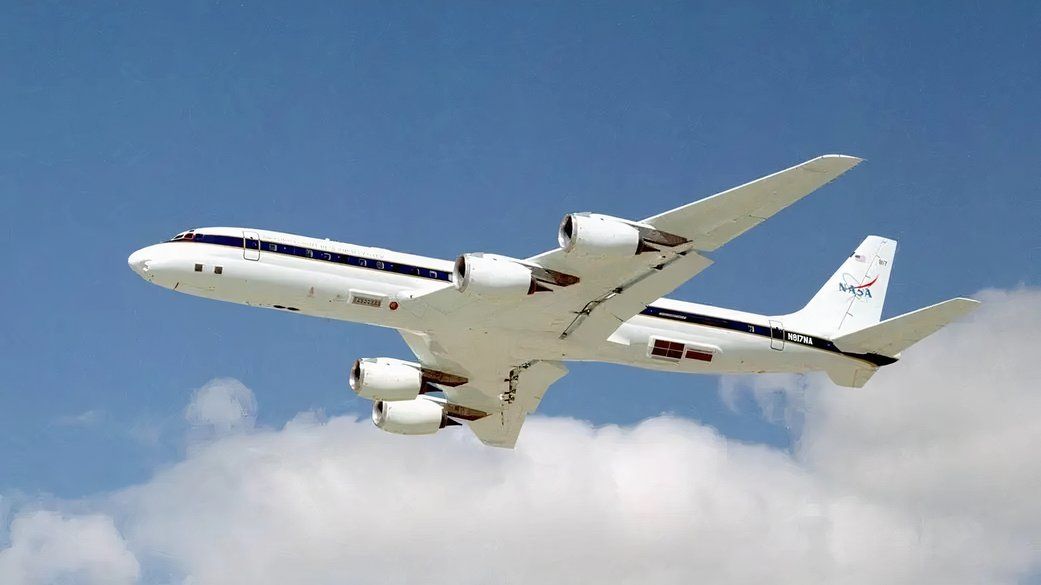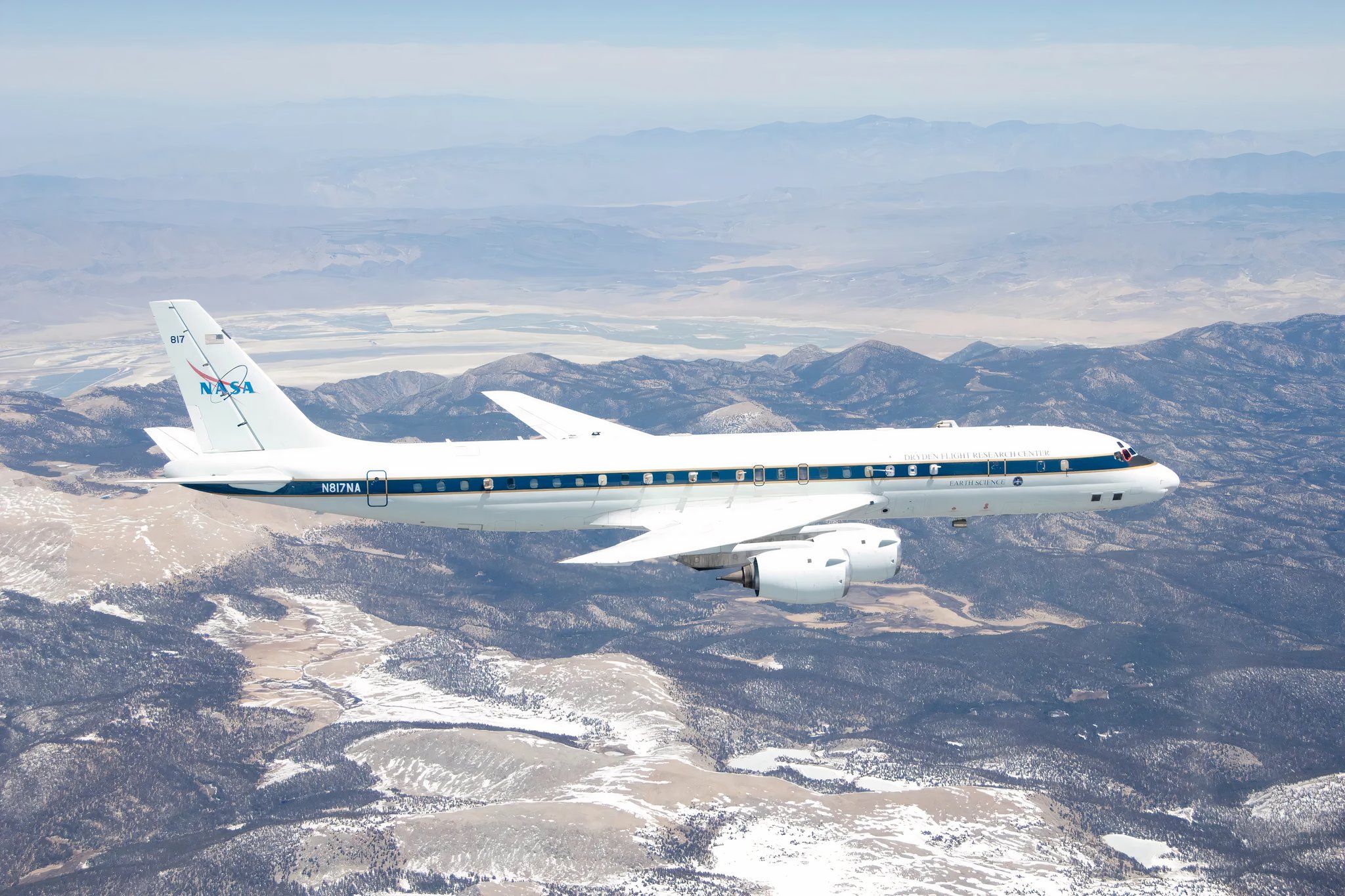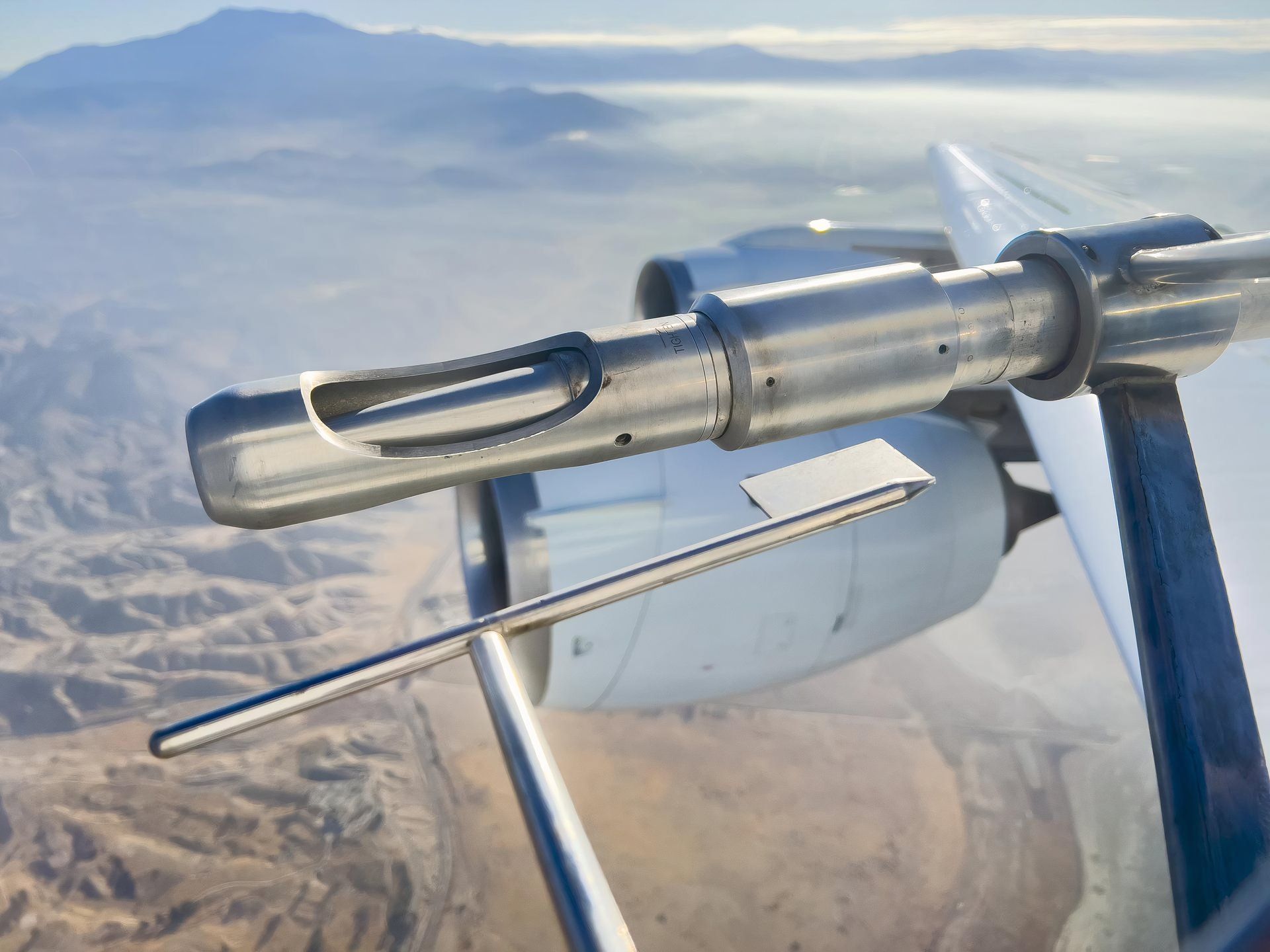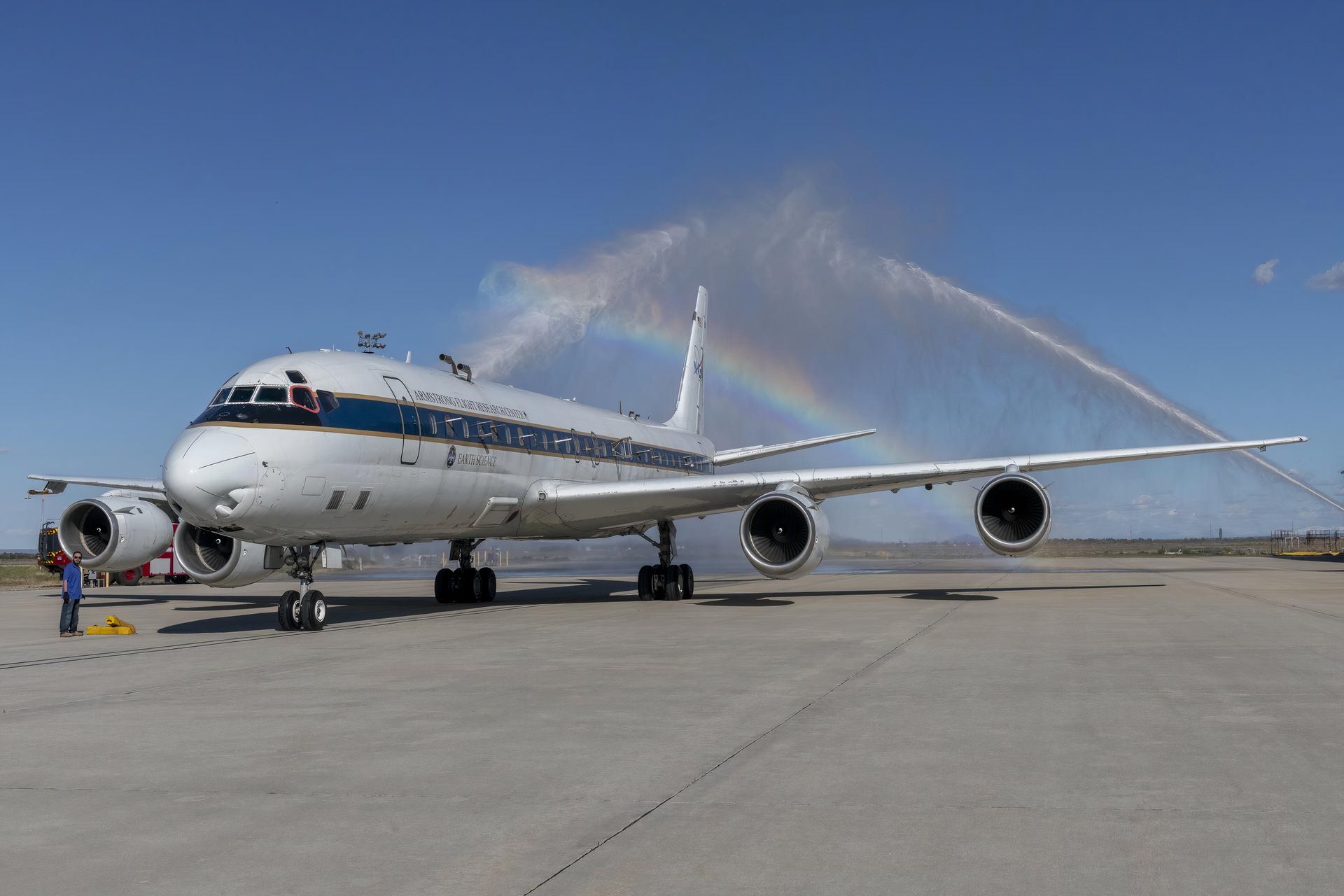Summary
- The DC-8 was a flying science laboratory for NASA, aiding data collection for diverse scientific disciplines.
- The aircraft made its final flight toward retirement at Idaho State University for technician training.
- NASA plans to replace the DC-8 with a more efficient Boeing 777-200ER for its airborne science program.
For over 37 years, the National Aeronautics and Space Administration (NASA) has operated a specially modified Douglas DC-8 airliner, which has functioned as an airborne science laboratory. Throughout the years, the aircraft has performed dozens of missions, helping scientists at the organization perform experiments that would be impossible at ground level.
Much as all good things do, the DC-8's time in our skies ended today when the jet was flown at a low altitude from NASA's Armstrong Flight Research Center in Edwards, California, to an airfield near Idaho State University. Fortunately, the aircraft will not be scrapped as it will enter retirement at the university, helping train future aircraft technicians through a hands-on maintenance technology program.
Nonetheless, the aircraft will be sorely missed, and those near its flight path could hear and see the legendary four-engine jetliner take to the skies for the final time. The aircraft completed its final mission in April, and preparations for its retirement were underway shortly after.
Get all the latest aviation news right here on Simple Flying!
What was the NASA DC-8's role?
For decades, NASA operated the highly modified DC-8 as a flying science laboratory, and the aircraft had been based out of Building 703 of the organization's Flight Research Center. According to NASA, the plane was used to collect data for experiments that helped support the world's scientific community, including federal, state, academic, and even foreign researchers.
The aircraft could gather data at several different altitudes and perform remote sensing. Data gathered from the DC-8 flights has been used across dozens of disciplines, from hydrology and meteorology to biology and cryospheric sciences. Primarily, however, the jet flew the following four kinds of missions:
- Sensor development
- Satellite sensor verification
- Space vehicle launch or re-entry tracking and data retrieval
- Studies of the Earth's surface and atmosphere
A somber farewell
Just over a month and a half after its final mission, the DC-8 took to the skies for the final time. The aircraft departed from Edwards Air Force Base (EDW) in Southern California around 10:00 AM Pacific Time before quickly ascending to a cruising altitude of around 3,500 feet for about an hour, according to data from flight tracking site FlightAware.
_and_911_(rear).jpg)
The Story Of NASA's Boeing 747 Shuttle Carrier Aircraft
The two Boeing 747s were involved in many ferry flights on behalf of NASA.Soon, the jet ascended to nearly 21,000 feet before dropping to just a few thousand feet again in the San Francisco Bay Area. The aircraft then returned to its cruising altitude and took off for Idaho, touching down at Pocatello Regional Airport (PIH) shortly after 2:00 PM Mountain Time.
The Douglas DC-8, once one of the world's most popular passenger airliners, has seen its time come and go as airlines began to favor more efficient twin-engine aircraft. A handful remain registered globally, although few are flown, and none have regularly scheduled passenger flights.
However, NASA has a replacement plan for its airborne laboratory program. According to reports from Airport Spotting, the organization plans to replace the jet later this year with an efficient Boeing 777-200ER, which it reportedly acquired for $30 million.




